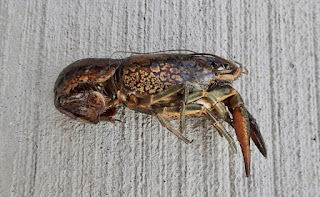Abstract
Attempting to differentiate phenotypic variation caused by environmentally-induced alterations in gene expression from that caused by actual allelic differences can be experimentally difficult. Environmental variables must be carefully controlled and then interindividual genetic differences ruled out as sources of phenotypic variation. We investigated phenotypic variability of cardiorespiratory physiology as well as biometric traits in the parthenogenetically-reproducing marbled crayfish Procambarus virginalis Lyko, 2017, all offspring being genetically identical clones. Populations of P. virginalis were reared from eggs tank-bred at four different temperatures (16, 19, 22 and 25 °C) or two different oxygen levels (9.5 and 20 kPa). Then, at Stage 3 and 4 juvenile stages, physiological (heart rate, oxygen consumption) and morphological (carapace length, body mass) variables were measured. Heart rate and oxygen consumption measured at 23 °C showed only small effects of rearing temperature in Stage 3 juveniles, with larger effects evident in older, Stage 4 juveniles. Additionally, coefficients of variation were calculated to compare our data to previously published data on P. virginalis as well as sexually-reproducing crayfish. Comparison revealed that carapace length, body mass and heart rate (but not oxygen consumption) indeed showed lower, yet notable coefficients of variation in clonal crayfish. Yet, despite being genetically identical, significant variation in their morphology and physiology in response to different rearing conditions nonetheless occurred in marbled crayfish. This suggests that epigenetically induced phenotypic variation might play a significant role in asexual but also sexually reproducing species.


_cover.jpg)



























